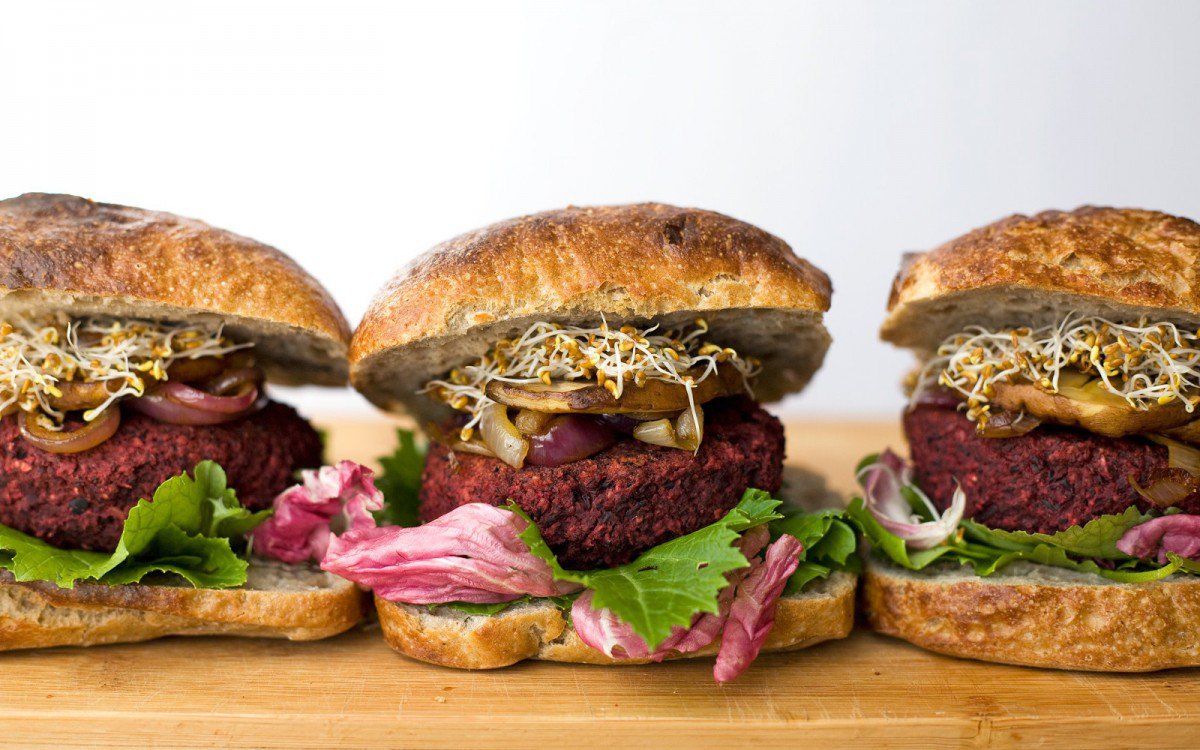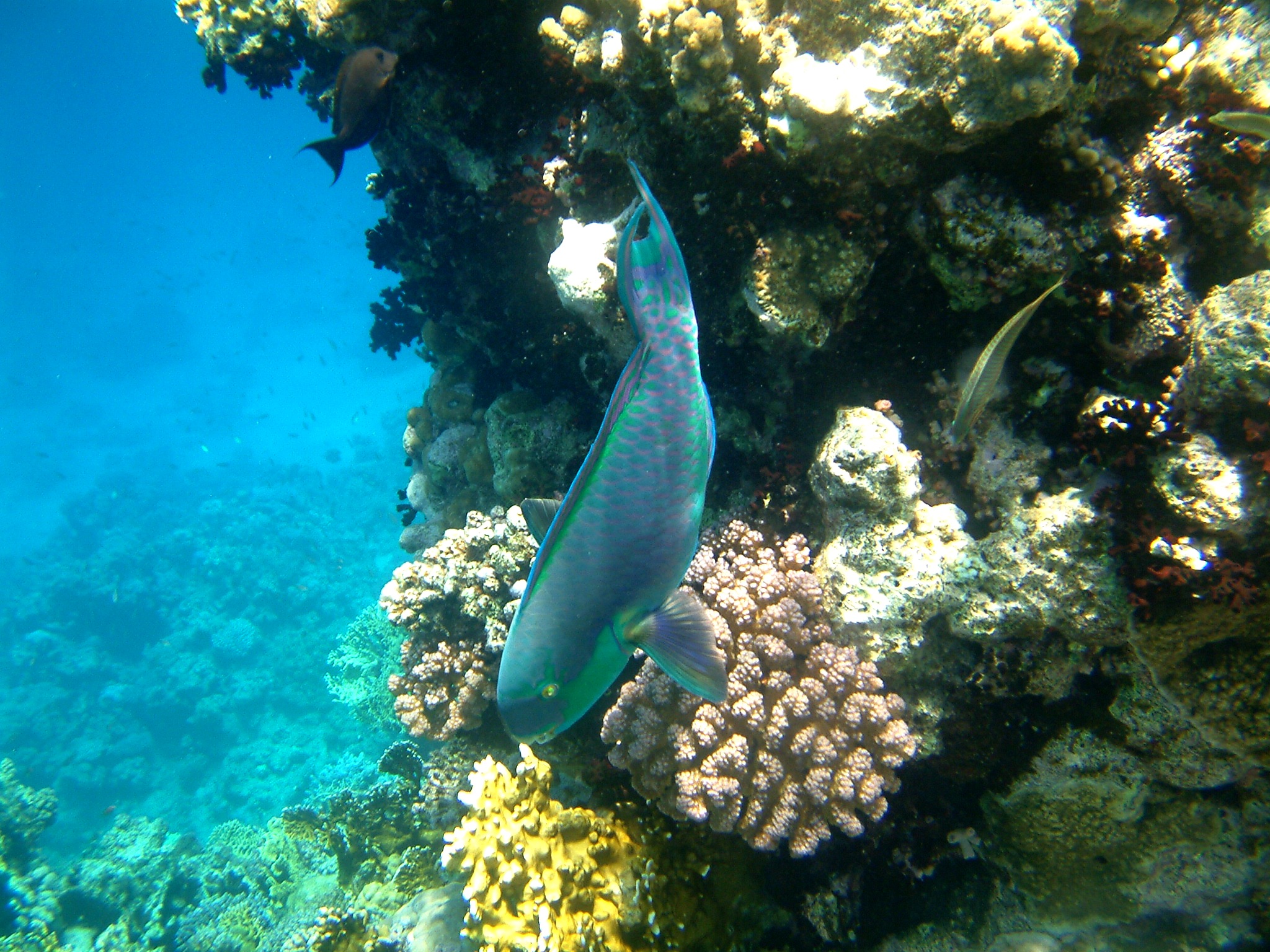The number of issues out there negatively affecting our environment, animal welfare and our own health, can seem overwhelming at times. Many feel like their actions will not make a difference, but that is simply not true. Everything and anything you do goes toward a society that is more responsible and less reliable on convenience.
I have put together a list of really easy fixes that can make a big difference and probably won’t change your life much at all. Today we are looking at reducing your plastic footprint.
I know one of the “R’s” we are taught is to recycle and yes it does have some value, but understand that 91% of all plastic is not recycled and ends up in landfills and waterways, including our oceans. We are now producing 300 million tons of plastic each year and of that, over 8 million tons is being dumped into our oceans. Worse still, is about half of the plastic produced is used one time only!
Here are some easy ways to reduce your plastic use:
Carry with you - reusable straws, chopsticks, fork, knife and spoon. I keep mine in a cloth pencil case in my purse.
Be sure and ask for NO straw or disposable cutlery when you are eating out.
Always carry a reusable shopping bag. There are some that fold up quite small. Over 500 billion plastic bags are produced each year and they have a “working life” of about 15 minutes.
Buy and use a reusable water bottle and coffee cup.
Avoid excessive packaging when buying fruits and vegetables. You don’t need your carrots or apples in a plastic bag.
To help avoid excessive packaging with all groceries, stock up at your local bulk food store and bring a reusable container like a mason jar to fill up. Also, if your favorite product does use way too much packaging, email, Facebook or Instagram them and ask them to cut back. Companies will listen.
Ditch the Ziploc bags and use glass containers instead.
Swap out your plastic toothbrush for a bamboo brush. Over 50 million pounds worth of toothbrushes end up in our trash. They both need to be replaced at the same rate but the bamboo will biodegrade after 6 months.
If you live in a country that hasn’t banned micro-beads, make sure your cosmetics do not contain them.
Over 2 billion plastic razors are thrown out each year. Switch to a metal reusable razor and ditch the plastic for good.
AND FINALLY, every time you make any type of purchase give it a look over to see how much plastic it contains or is wrapped in, then decide whether or not the item is worth the millions of years that the plastic will spend on this earth. Choose wisely and companies will have no choice but to get on board or if not, to get thrown out with the trash.








